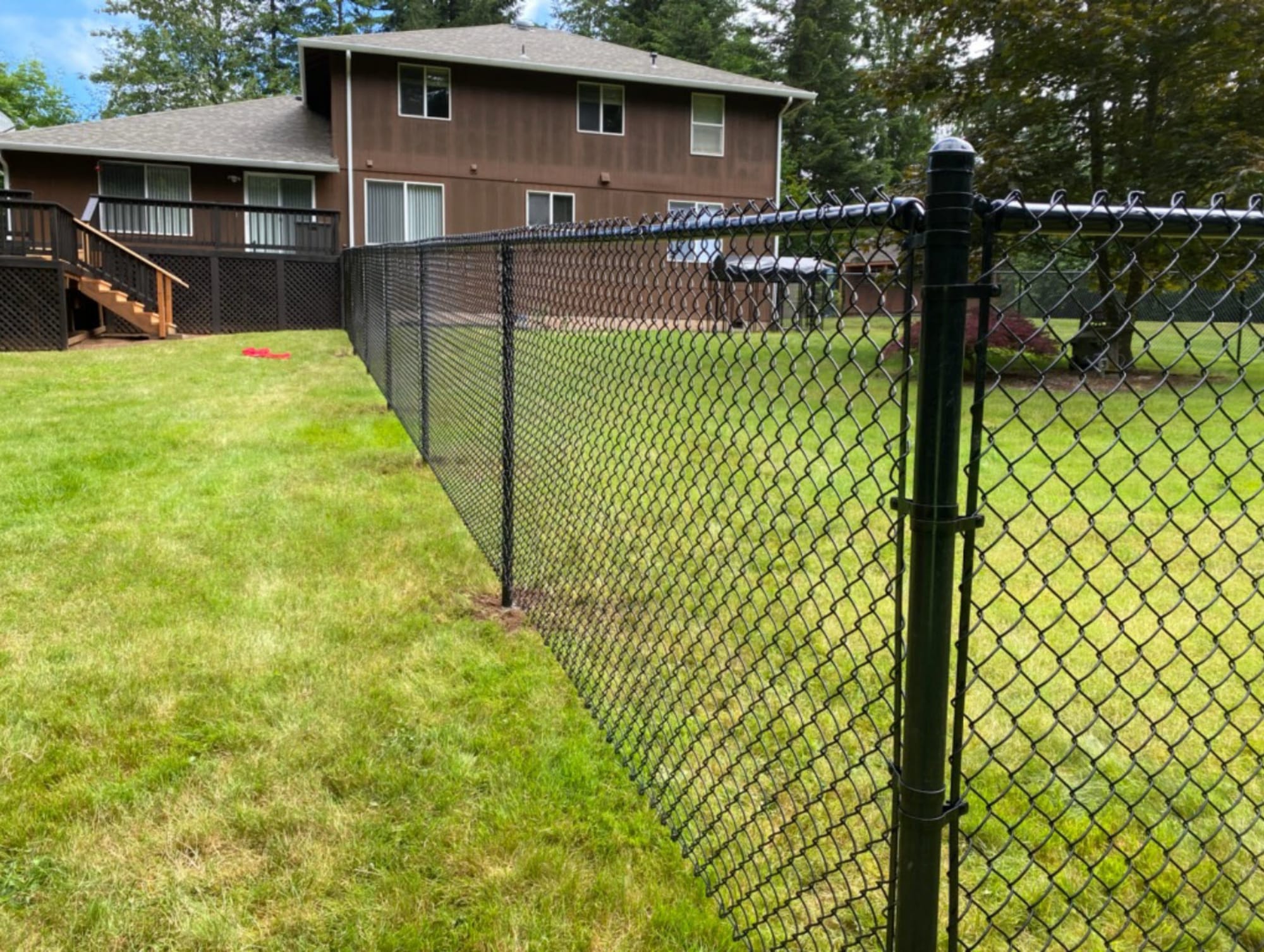All Categories
Featured

As sustainability becomes a priority for services and homeowners alike, the need for environment-friendly products, including secure fencing materials, has actually climbed. Conventional secure fencing options such as timber, plastic, and metal can have unfavorable environmental impacts, but there are currently several eco-conscious options to consider. Choosing environmentally friendly fencing materials not only helps in reducing your carbon impact yet likewise adds to a more sustainable and all-natural setting.
- Bamboo Secure fencing. Bamboo is one of the most green secure fencing alternatives readily available. Unlike standard hardwoods, bamboo can be harvested in a few years and regrows rapidly, making it a lasting selection for secure fencing.
Advantages: Bamboo is fast-growing, lightweight, and lasting. It requires fewer fertilizers and chemicals contrasted to various other plants, making it a low-maintenance choice. Factors to consider: While bamboo is resilient, it may need periodic maintenance to shield it from weathering and all-natural wear. It can additionally be vulnerable to cracking in chillier environments. 2. Recycled Materials. Fencings made from recycled materials are ending up being significantly prominent as an eco-friendly option. These fences are made from post-consumer plastic, redeemed timber, and various other recycled products, maintaining waste out of landfills. Utilizing recycled products reduces the demand for brand-new raw resources, reducing ecological deterioration.

Conveniences: These fences help in reducing waste and preserve natural sources. They are likewise often low-maintenance and durable. Factors to consider: While recycled fencings can be durable, the looks may not constantly match conventional fence options. Nevertheless, lots of styles are currently offered that simulate the look of wood or stone. 3. Composite Fencing. Composite fence is made from a blend of recycled timber fibers and plastic, supplying the appearance of wood without the environmental effect. Several composite fencings are made from recycled content, more enhancing their eco-friendly status. These fencings are lasting, call for minimal upkeep, and do not require to be treated with dangerous chemicals like traditional wood fences.
Perks: Compound fences are resilient, immune to rot, and need little maintenance. They also supply a similar aesthetic to wood without deforestation concerns. Considerations: While they are low-maintenance, composite fences might be extra expensive than typical wood or plastic choices. The production process can likewise be energy-intensive. 4. Cedar and Redwood Secure Fencing. Cedar and redwood are all-natural timber products that are often thought about more green compared to other woods. These kinds of wood are normally resistant to degeneration, pests, and wetness, which reduces the need for chemical therapies. Additionally, these trees are expanded in lasting forests, guaranteeing that they are gathered properly.
Advantages: Cedar and redwood are both naturally lovely and durable materials. They offer natural resistance to bugs and rot, which helps in reducing the demand for chemical treatments. Considerations: These woods can be a lot more costly than various other alternatives. They additionally call for periodic maintenance, such as sealing or discoloring, to make sure durability. 5. Living Fences (Hedges and Shrubs) Living fencings, made from trees, shrubs, or bushes, are an eco-friendly option that likewise gives all-natural privacy and aesthetic allure. Plants such as privet, boxwood, bamboo, and arborvitae are commonly made use of for producing thick, green fencings. These living obstacles aid with sound decrease, improve air high quality, and provide environment for neighborhood wildlife.
Conveniences: Living fences promote biodiversity, boost air top quality, and improve the aesthetic appeal of your residential property. They additionally soak up carbon dioxide and contribute to a greener setting. Factors to consider: Living fences call for upkeep, such as trimming and watering, to guarantee they grow effectively. They might not give the same level of safety as typical fence materials. 6. Rock and Reclaimed Block Fence. Stone and recovered brick fencings are another green option. These materials are long lasting, call for marginal upkeep, and have a lengthy lifespan. When reclaimed from old structures or structures, they help in reducing the requirement for new materials and protect against waste from entering landfills.
Benefits: Stone and brick are sturdy, weather-resistant, and supply a classic, timeless aesthetic. Reclaimed products additionally have a minimal environmental impact. Considerations: The setup of stone and block fences can be labor-intensive, and the materials may be extra costly than various other choices. Nonetheless, the lasting sturdiness and low maintenance prices can make them a beneficial financial investment. Verdict. Selecting an environmentally friendly secure fencing product is a clever way to decrease your environmental influence while boosting your property's privacy and aesthetic charm. Bamboo, recycled materials, composite secure fencing, and living fencings all provide lasting choices that lower waste, conserve resources, and advertise a greener lifestyle. If you choose typical materials like cedar, wood and redwood give green options that don't sacrifice longevity or beauty. Rock and redeemed block fencings are one more exceptional selection for those looking for a lasting, low-impact remedy.
By selecting among these environment-friendly fence choices, you add to the protection of the atmosphere while producing a lovely, useful outside space. The appropriate material will certainly depend upon your preferences, environment, and the degree of maintenance you want to provide, yet felt confident that there are countless eco-conscious selections that straighten with your lasting way of life.
Latest Posts
Uncover Strathmere’s Coastal Treasure: Enjoy, Dine, and Unwind at Deauville Inn
Published May 15, 25
2 min read
The Benefits of Consistent Auto Maintenance at Montclare Auto Repair Saves You Money
Published May 15, 25
1 min read
Join Your Financial Partner at WyHy – Comprehensive Support for Your Future
Published May 15, 25
1 min read
More
Latest Posts
Uncover Strathmere’s Coastal Treasure: Enjoy, Dine, and Unwind at Deauville Inn
Published May 15, 25
2 min read
The Benefits of Consistent Auto Maintenance at Montclare Auto Repair Saves You Money
Published May 15, 25
1 min read
Join Your Financial Partner at WyHy – Comprehensive Support for Your Future
Published May 15, 25
1 min read